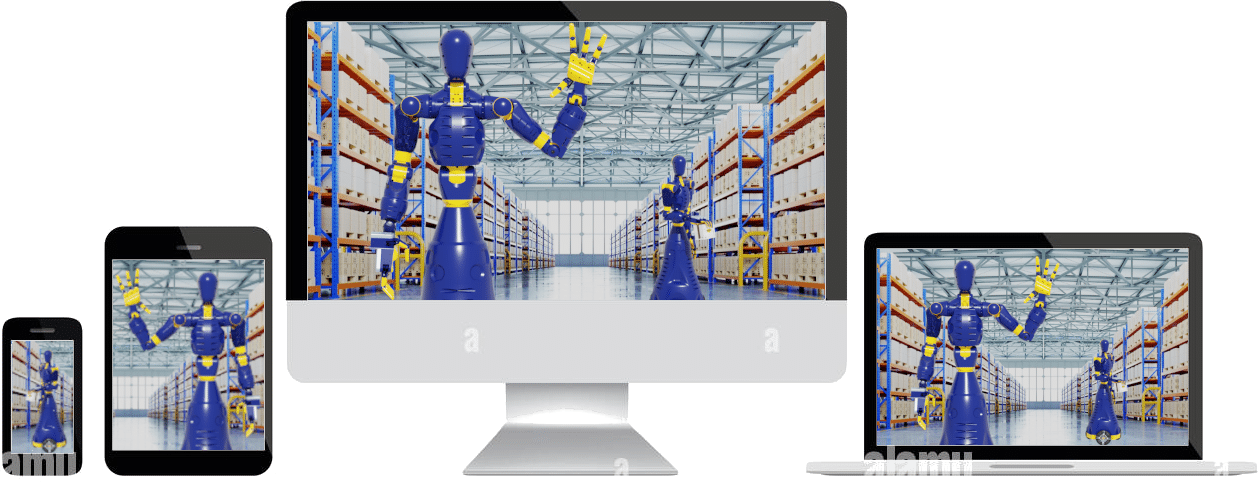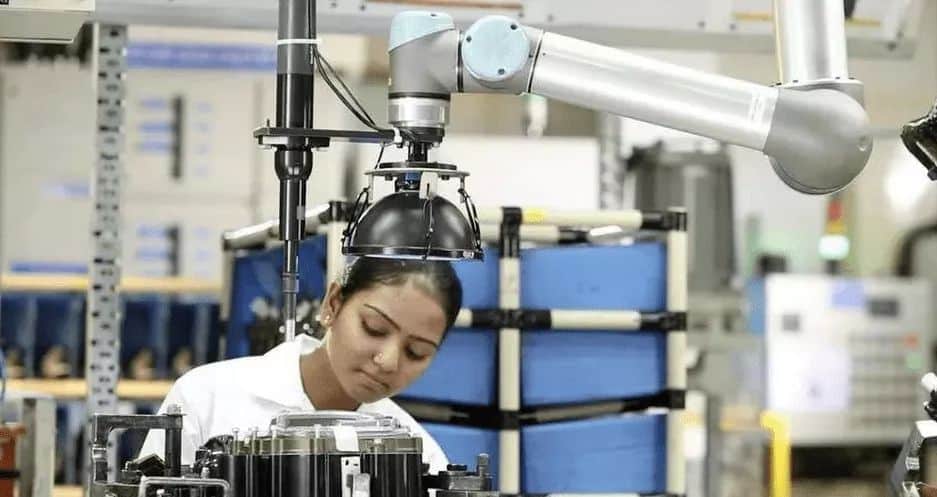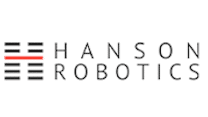Collaborative robots, or cobots, have been steadily gaining ground in the manufacturing sector. In fact, the collaborative robot market is predicted to be worth $7.5 billion by 2027. Manufacturers are not only adopting cobots to automate various tasks but are also benefiting from the expanding capabilities of cobots through innovative tooling. As digital transformation accelerates, embracing advanced technology becomes essential for staying competitive.
In this article, I’ll explore key developments in cobot technology and how they’re shaping the future of manufacturing.
Making Automation Accessible with Plug & Produce Solutions: Creating a cobot system involves integrating hardware, software, sensors, and interfaces—a process that requires careful coordination. Customizing these components for specific automation tasks can be time-consuming. Companies such as WiredWorkers recognizes the demand for quick integration and offers Plug and Produce solutions to address this need.
Plug & Produce solutions, including palletizing and box-folding systems, can be swiftly deployed with minimal adjustments. The appropriate robot and gripper are selected based on the objects being handled, and the robot’s trajectory is easily programmed using the relevant software. This streamlined approach will make automation implementation faster and more convenient.
The Growing Importance of Flexible Production in Manufacturing: While traditional industrial robots remain relevant in certain manufacturing sectors, there’s a growing emphasis on flexible production models—a niche where cobots excel. Cobots are known for their lightweight design, versatility, and portability, making them ideal for dynamic work environments. Designed to safely collaborate with humans, cobots offer adaptability and flexibility and modular robotic work cells are expected to become more prevalent.
Enhancements in Cobots’ Payload Capacity and Reach: Cobots have already captured a substantial share of the automation market. However, some applications require high payload capacity and extended reach, which have been limitations for cobots. Fortunately, cobot manufacturers have been addressing these challenges, and in 2023, we can expect cobots to continue to expand with enhanced capabilities.
For instance, Universal Robots introduced the UR20, designed for higher payload capacity, faster speeds, and extended reach, with a payload of 20 kg and a reach of 1750 mm. Similarly, Techman Robot announced the upcoming TM20 and TM25 models, with payloads of 20 and 25 kg and a reach of 1300 mm. These advancements will enable cobots to handle tasks like palletizing for a broader user base, with delivery expected in 2023.
Continued Growth in Robotic Installations: The IFR World Robotics report highlighted a record-breaking increase in robot installations in 2021, with a 31% rise from the previous year. Although growth slowed in 2022 due to macroeconomic uncertainties and component shortages, the upward trajectory of cobot adoption is likely to persist in 2023. This trend is driven by global skilled labor shortages and the transition to Industry 5.0, where human-robot collaboration fosters sustainable and resilient enterprises.
Customer-Centric Approach to Product Development: While Plug & Produce solutions automate standardized tasks, there will also be a growing emphasis on customized solutions in 2023. As the automation market matures, customers are becoming more knowledgeable about their requirements and can offer valuable insights. Robotics companies are increasingly collaborating with customers in product development to create tailored solutions. This approach allows customers to directly influence the products they purchase while providing valuable feedback to robotics companies.
In summary, cobots are revolutionizing manufacturing automation and developments like Plug & Produce solutions, enhanced payload capacity, and customer-centric product development are paving the way for a more automated and flexible future.











